Digitized Slides Reveal 70 Years of Cityscapes
November 25, 2019
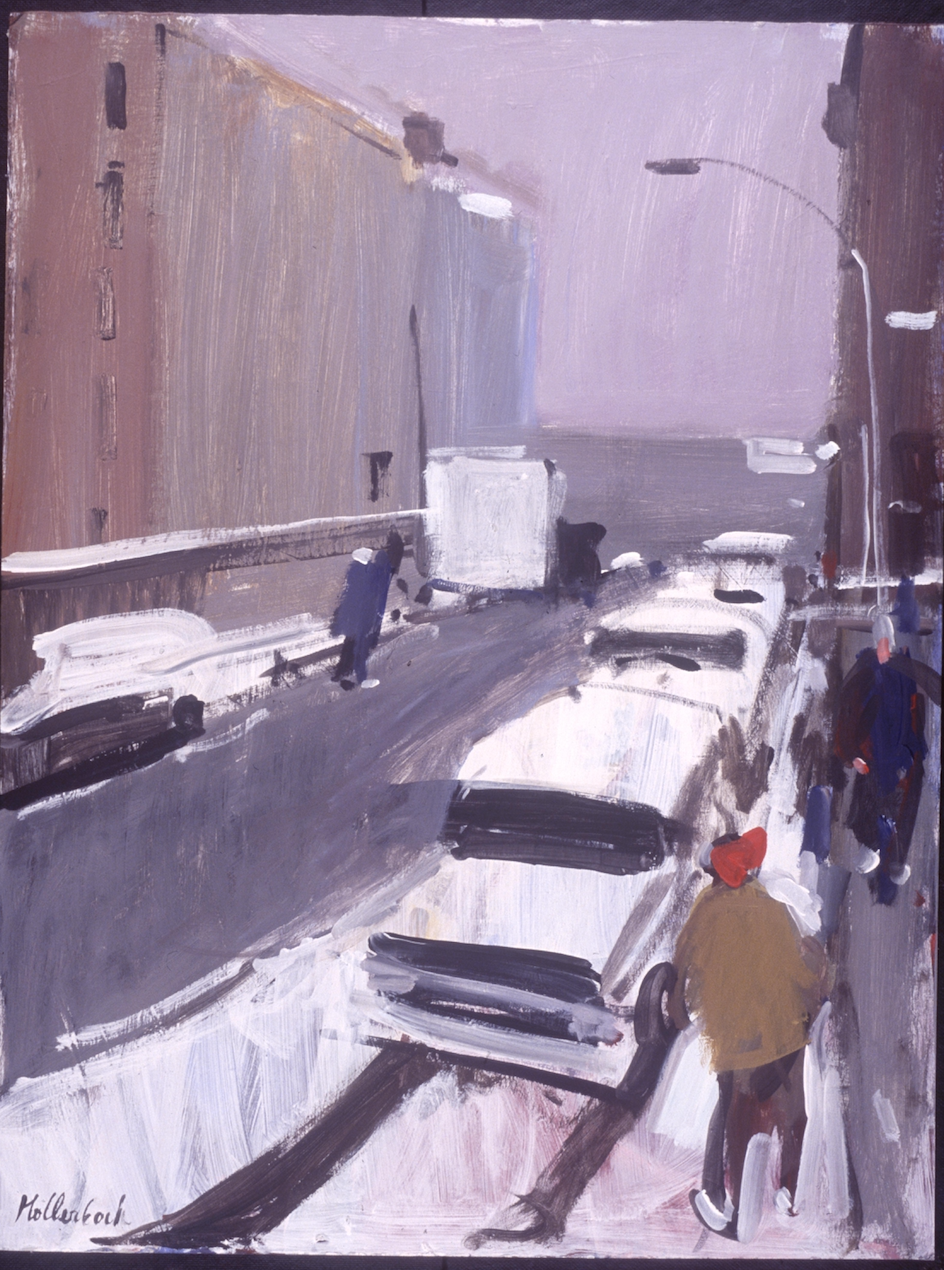
Serge Hollerbach’s newly digitized slides show the prevalence of the Upper West Side as a subject for him, especially as his vision has been affected by macular degeneration.
Shortly after coming to the United States as a Russian émigré in 1949, Serge Hollerbach settled in New York City. With sketchbook in hand, he’s spent seven decades drawing and painting his Upper West Side neighborhood.
Tranquil rooftops; receding boulevards; resonant river views. Freeze-frame depictions of streets in motion: trucks dominating thruways; dogs being walked; homeless people pushing carts; cyclists threading traffic; pedestrians hunched against weather. Loneliness pervades his New York cityscapes. People participating in the everyday have an air of solitary yearning. Or, sometimes, the streets are altogether devoid of people. We see dark blocks of buildings against the sky at those liminal moments when the city seems uninhabited. When a luminous twilight renders the human temporarily invisible. When a blizzard drives people inside.
Hollerbach’s paintings were shown in galleries, bought by collectors, written about by critics. Yet, except for the images on Hollerbach’s website and that of his dealer, much of his work disappeared. Until recently, the only record of their existence was in 35mm slides stacked in 3-ring binders in Hollerbach’s studio.
Digitizing Hollerbach’s slides
For most of Hollerbach’s career, it was standard to use 35mm slides to document artwork. By the time they were replaced by digital slides in the early 2000s, Hollerbach was almost 80. He had macular degeneration. Given the challenges of age and vision loss, Hollerbach couldn’t re-document his work in a new format. (Which is the case for many other artists of his generation, as well.)
Part of what we do at The Vision and Art Project is to try to ensure the legacy of artists with macular degeneration. To that end, we recently digitized more than 250 of Hollerbach’s 35mm slides, so that more of his work could be shared. The images below are drawn from this newly digitized work. Along with the work of many other artists, they contribute to a portrait of New York at a certain time and place.
A record both of the city and the artist’s vision loss
In addition to New York, many other subjects have inspired Hollerbach over the years. Among his slides is a rich collection of beach scenes, landscapes, nudes, portraits, and figures. However, as Hollerbach has continued to paint with vision loss, he’s moved from depicting what he observes to depicting what he remembers. He says he’s been freed “from the tyranny of good eyesight”. Of all his subjects, the cityscape is the one that has prevailed in his mind’s eye. Thus we can trace in them not only New York’s many moods but also the painter’s journey through vision loss. His work, fueled by memory, has become ever more abstract and at times heartbreakingly ephemeral.
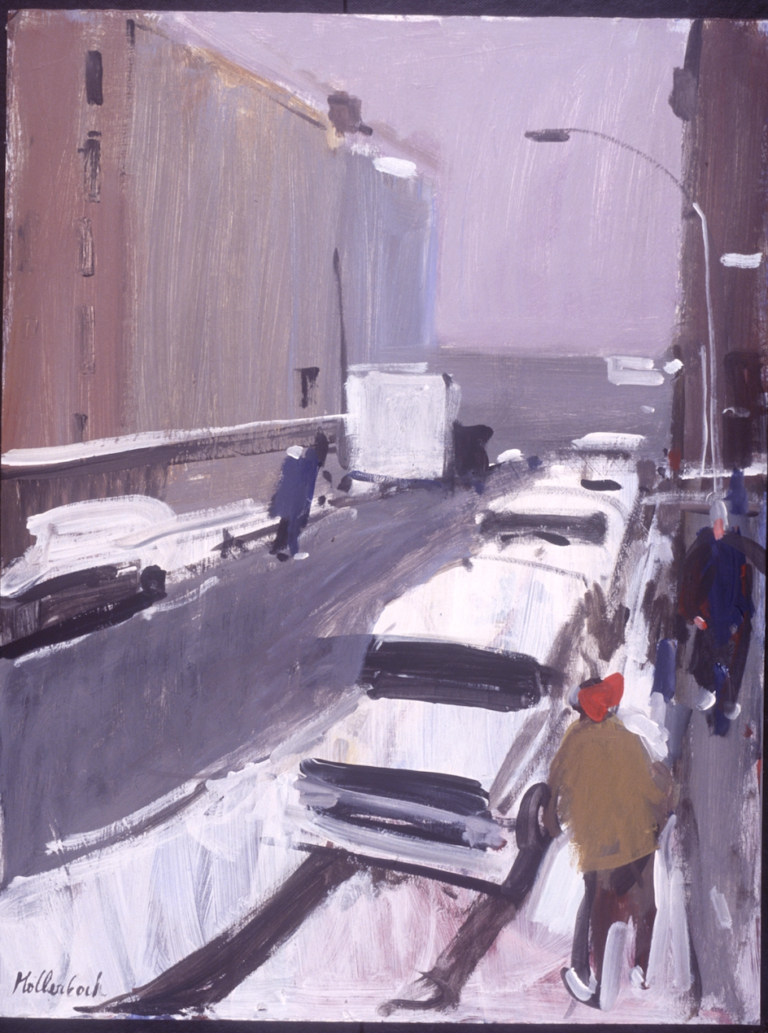
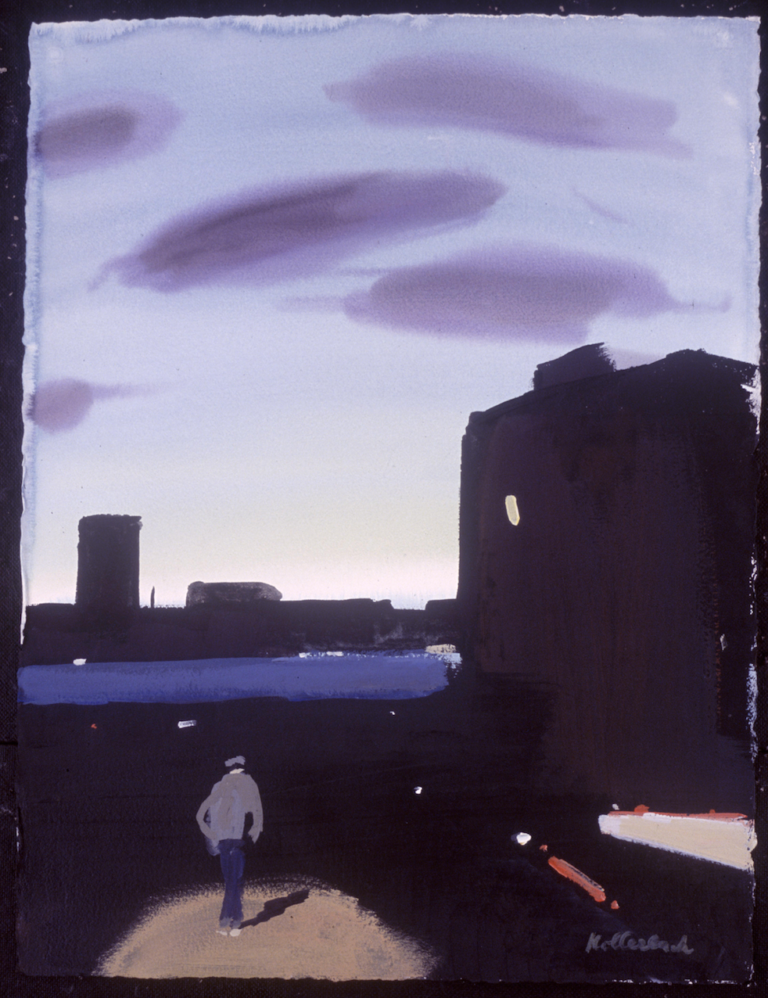
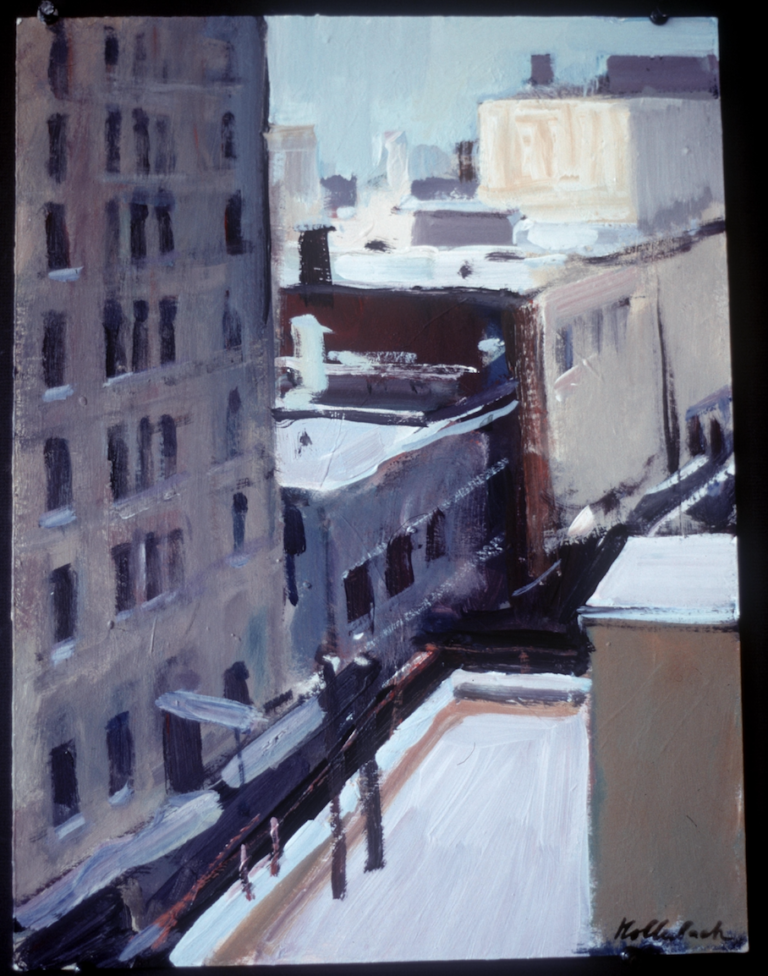
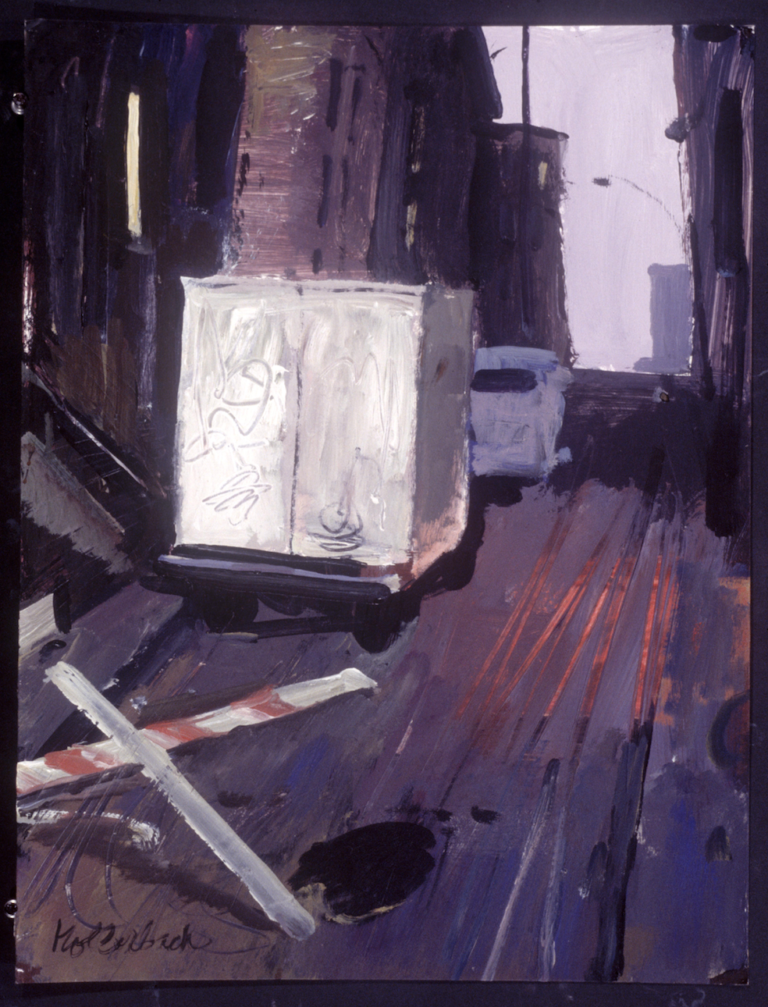
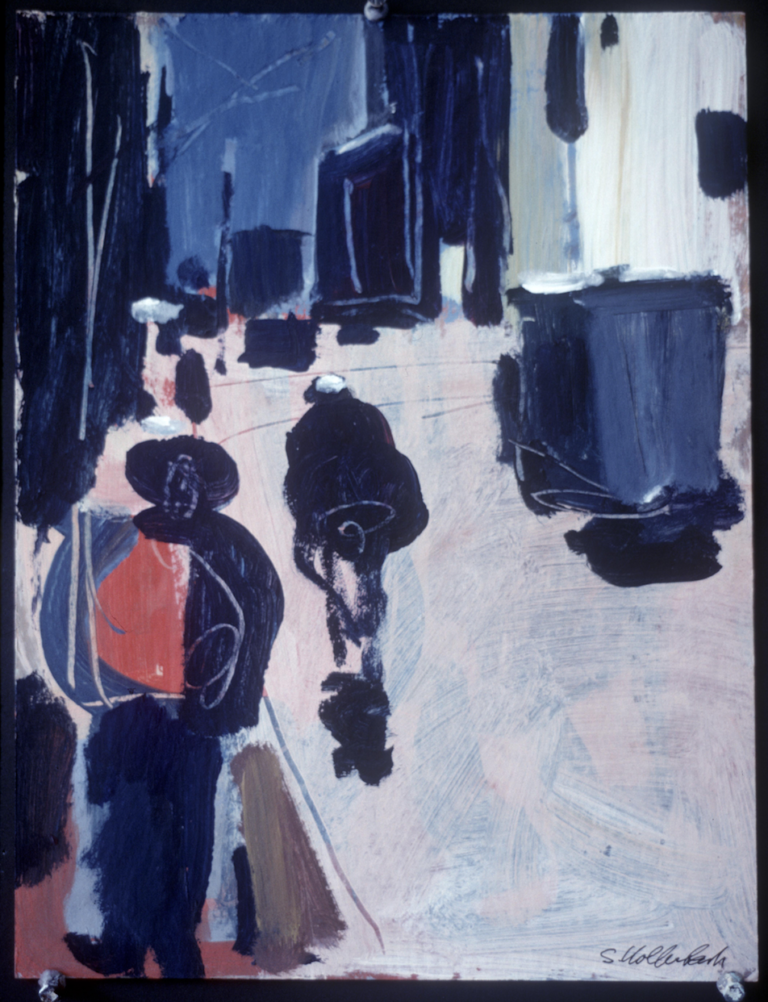
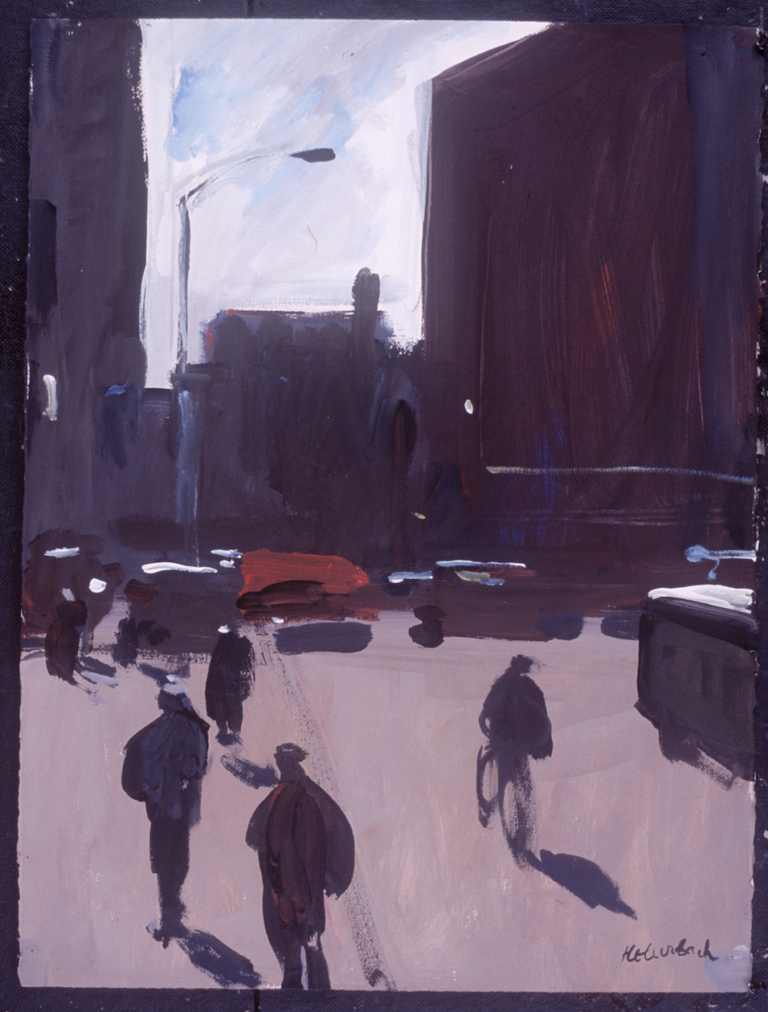
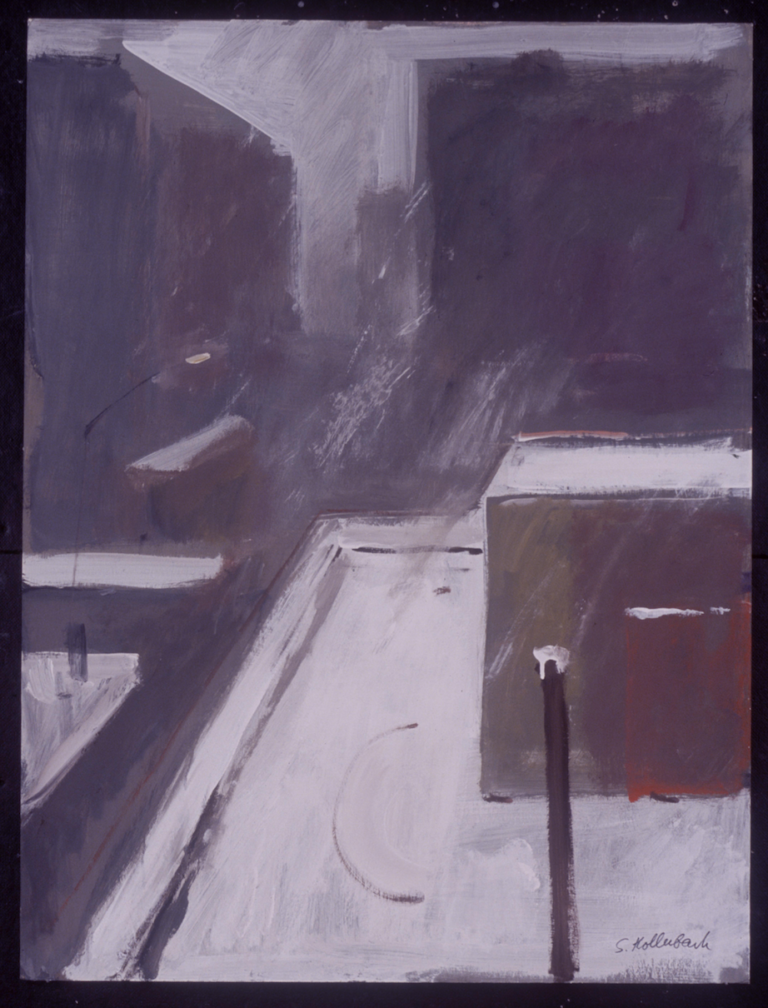
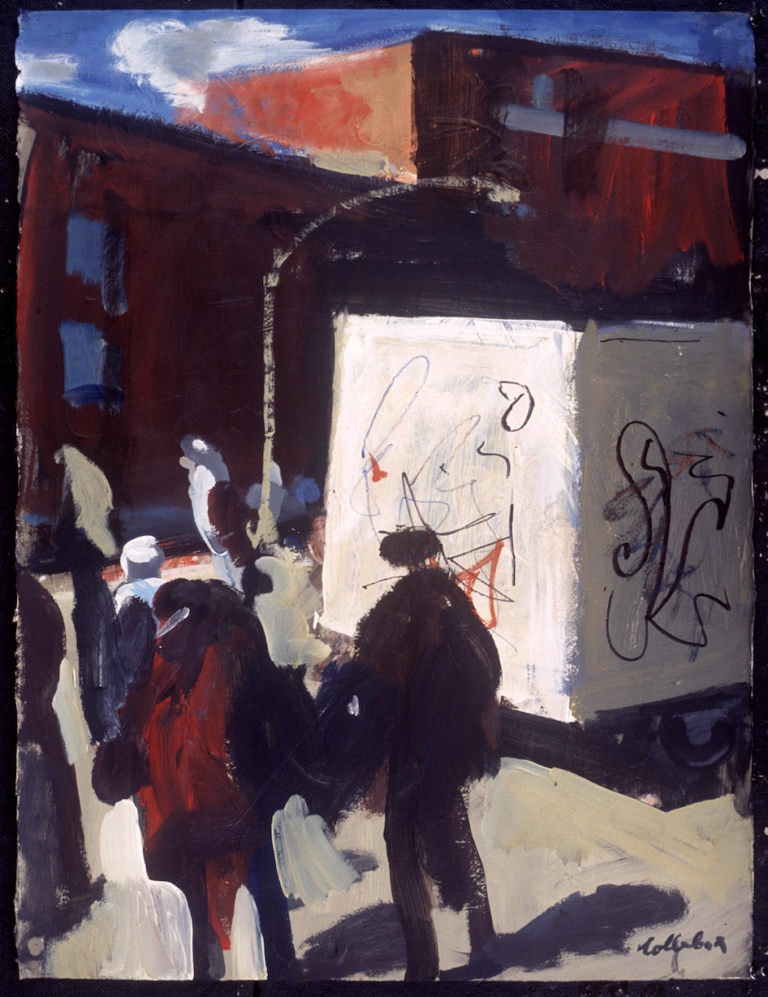
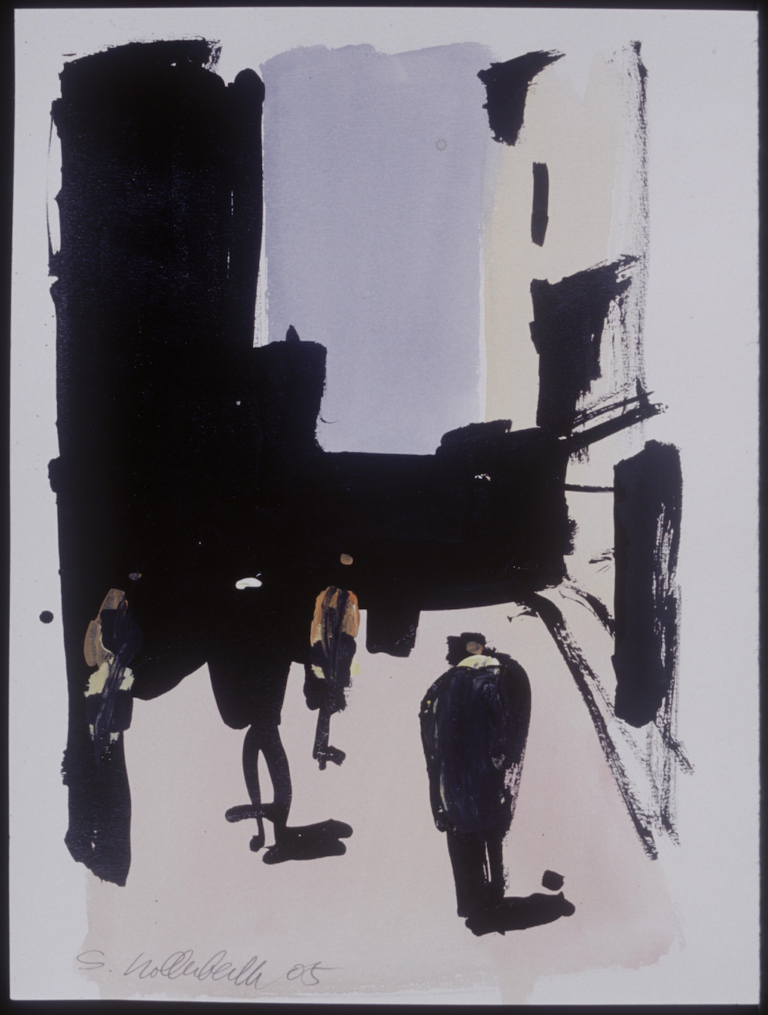
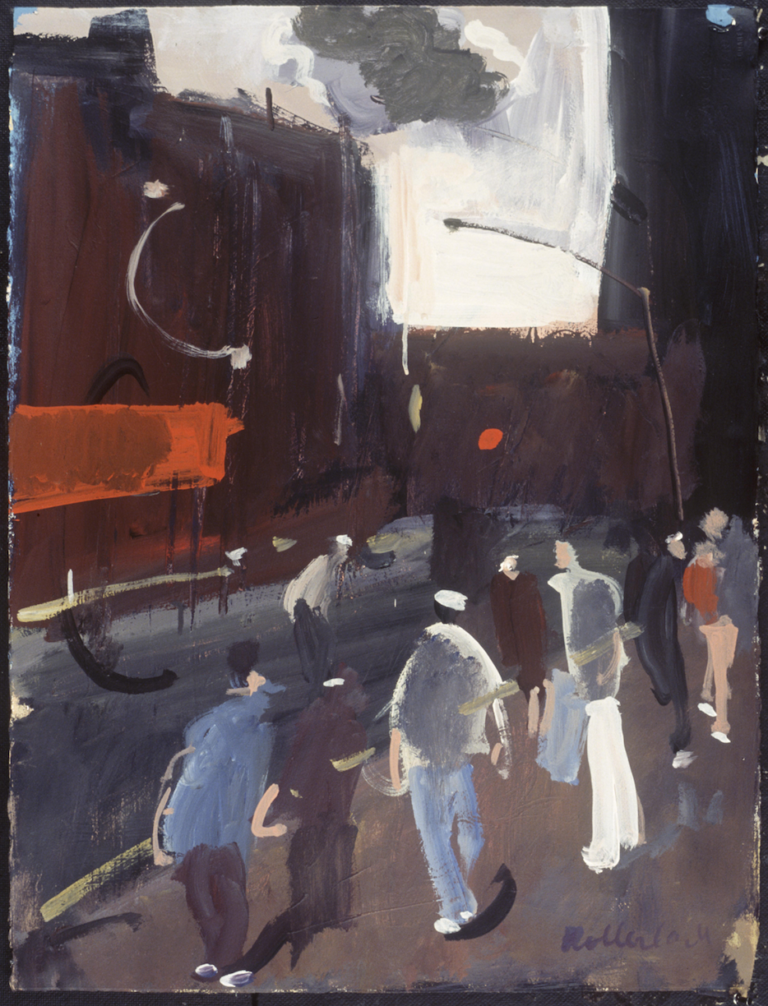
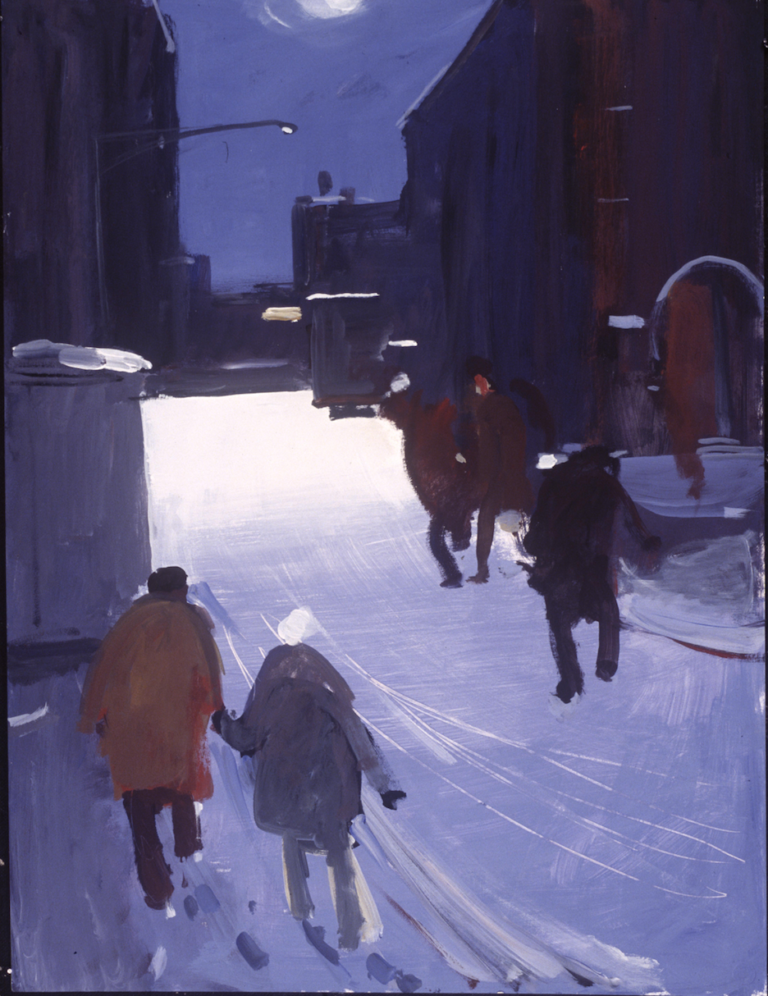

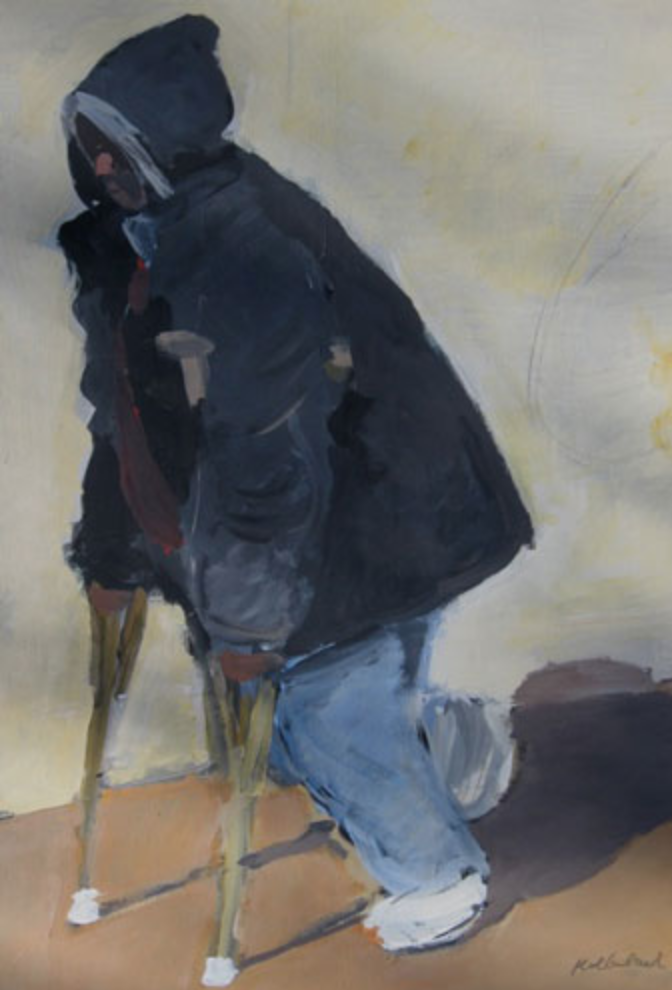
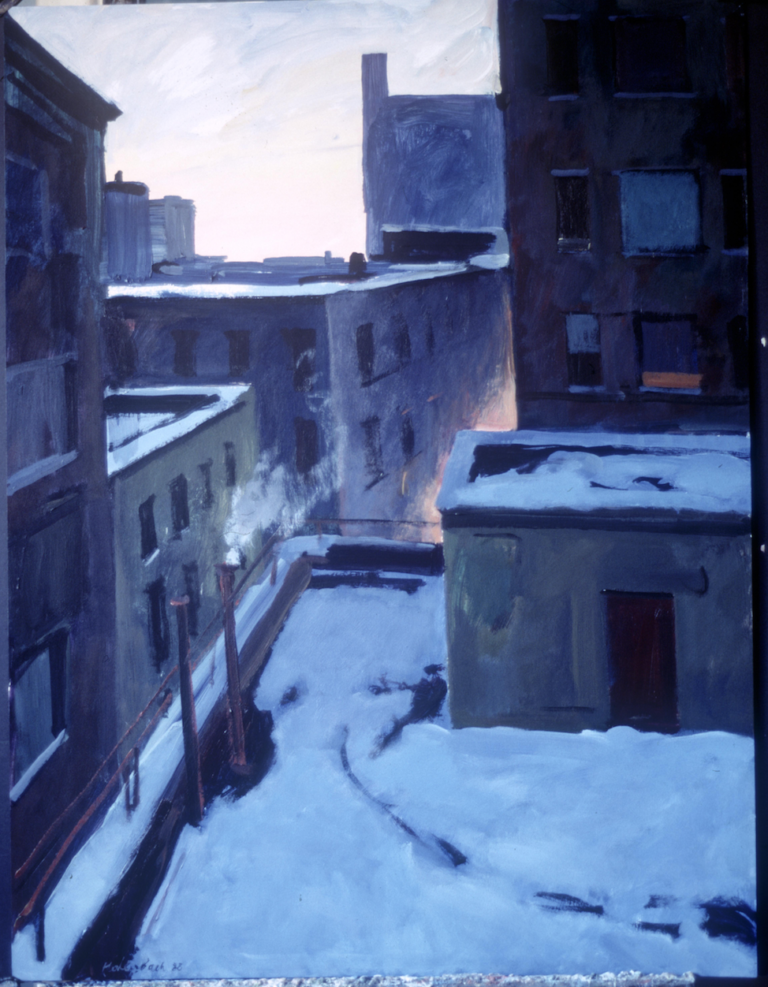
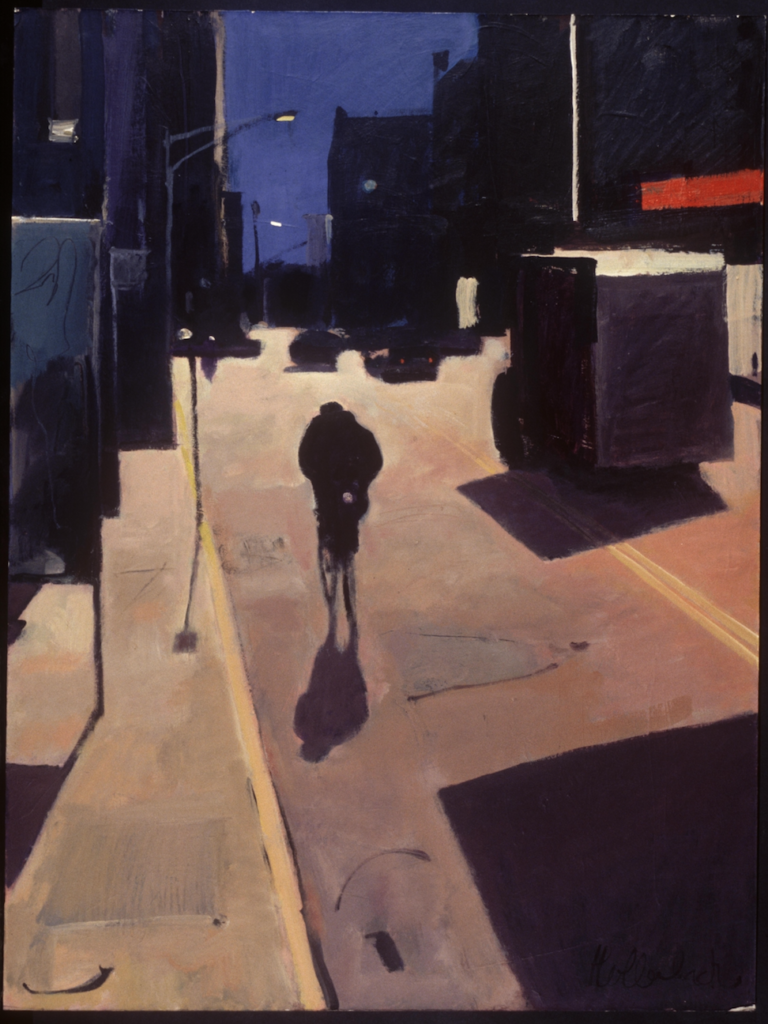
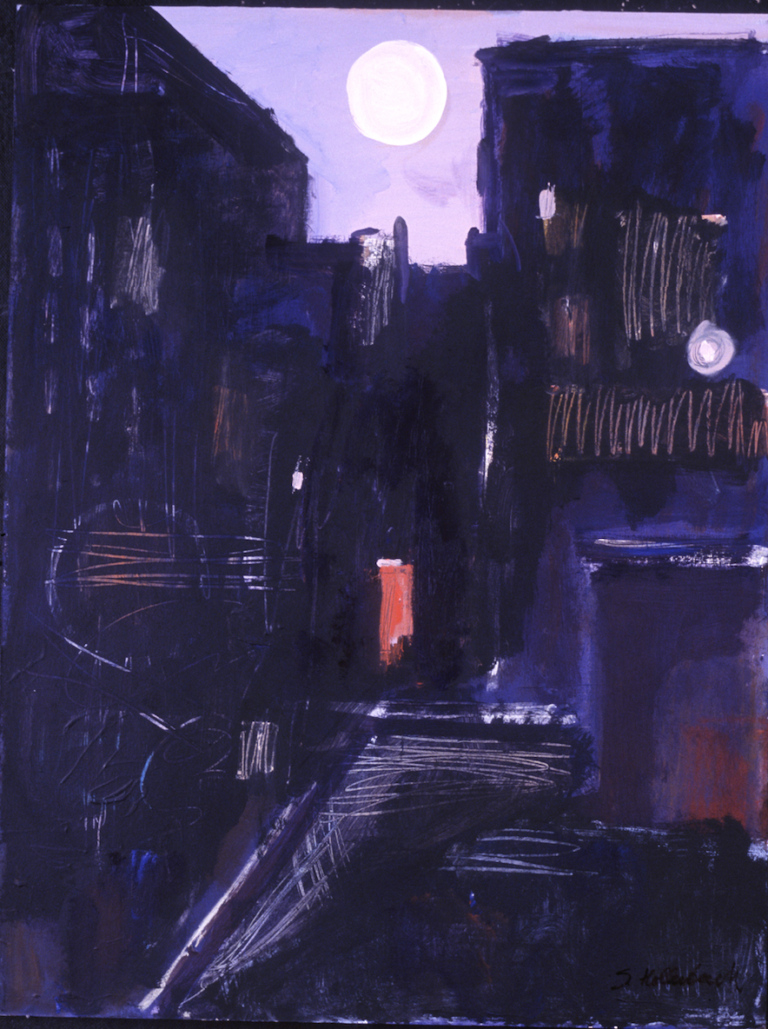
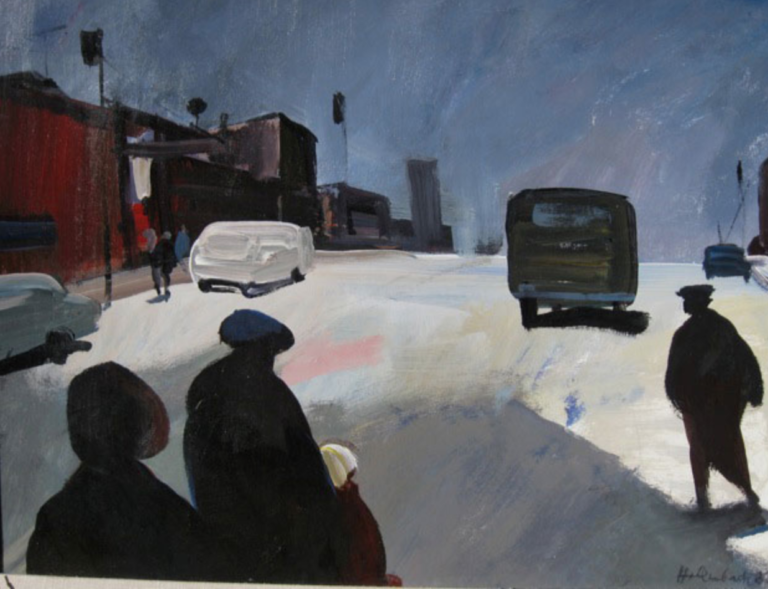
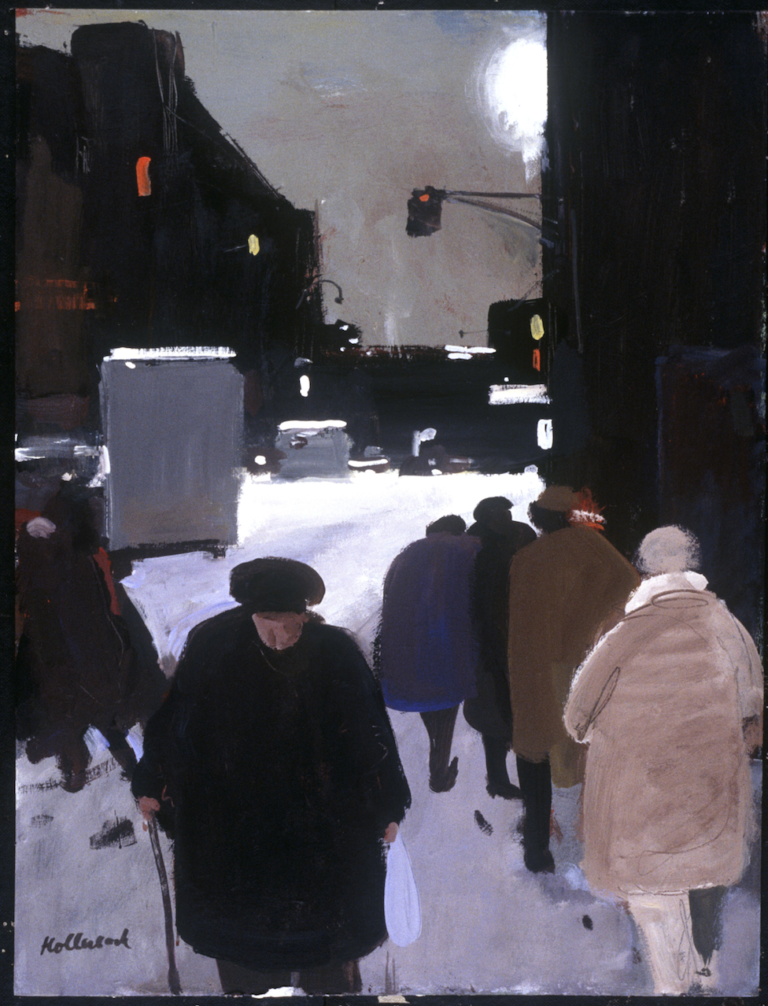
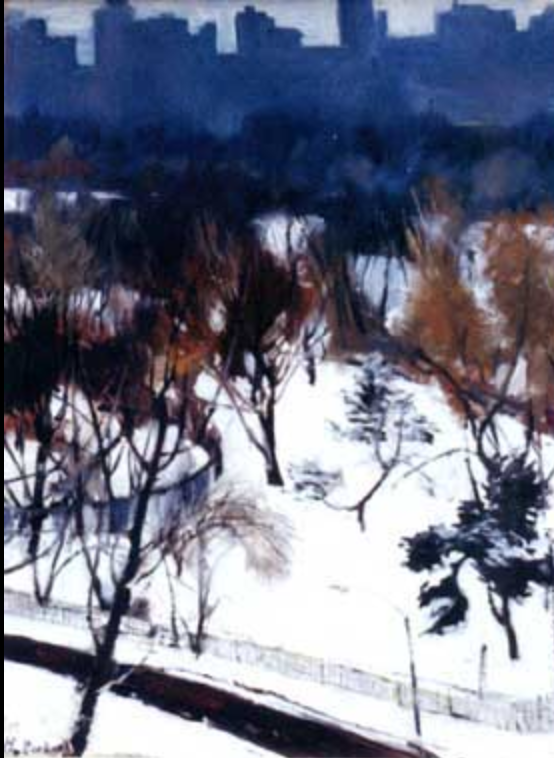
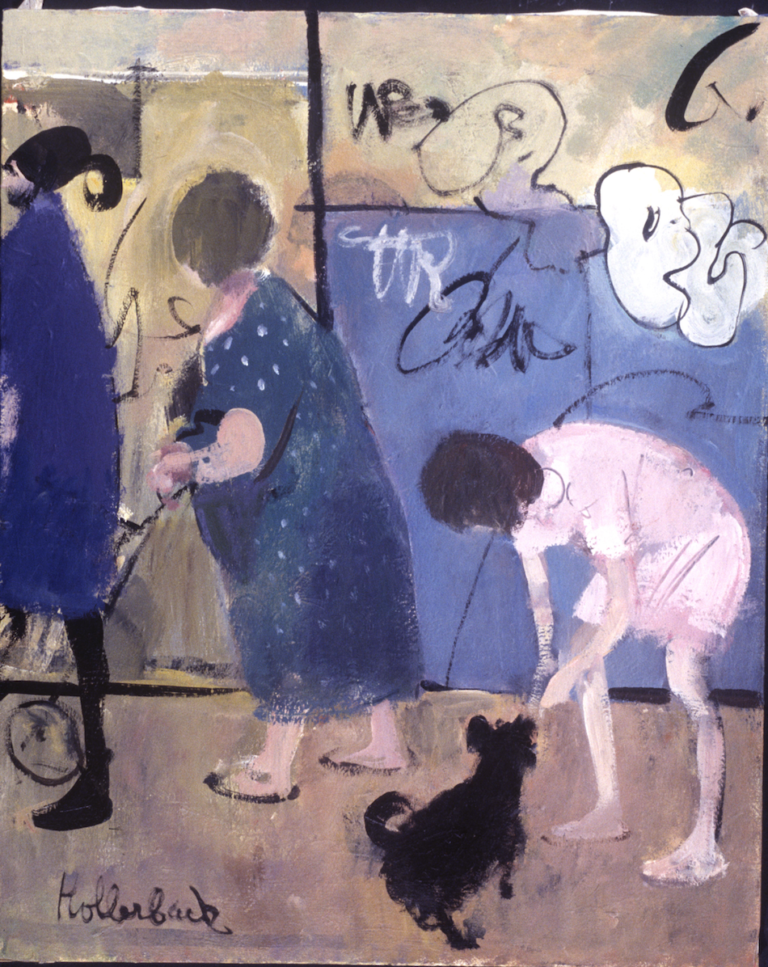
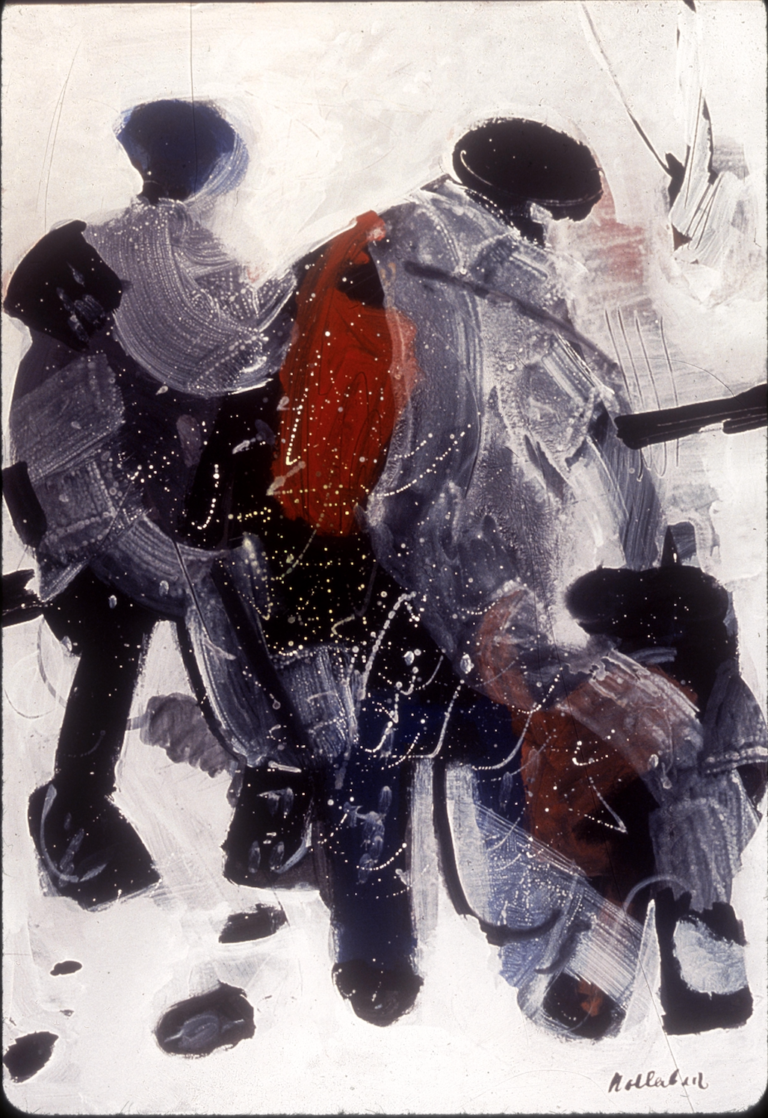
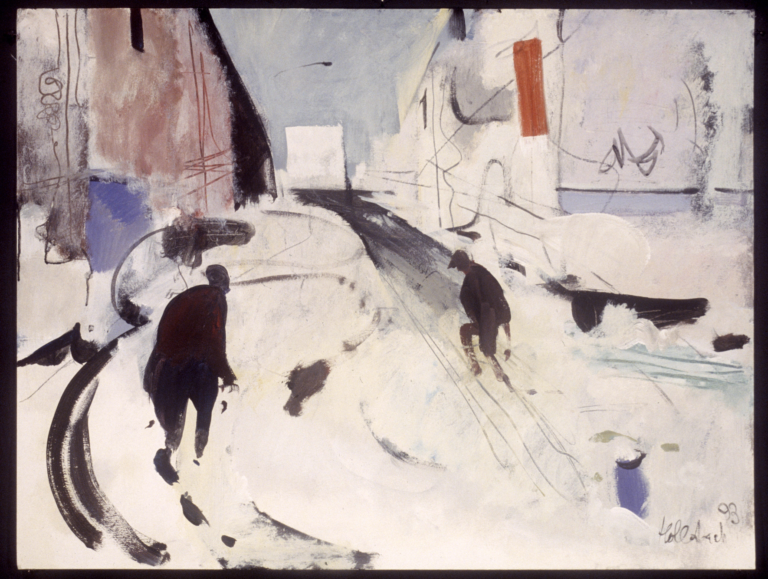
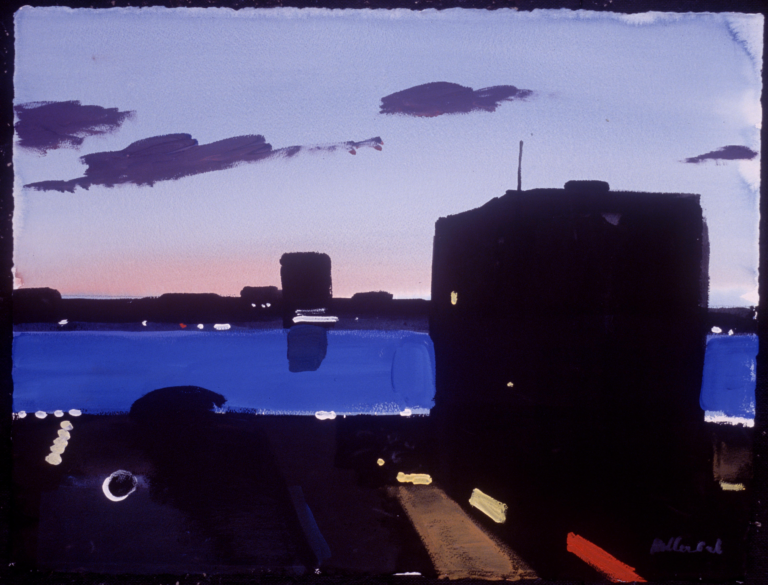

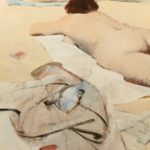
Leave a Comment